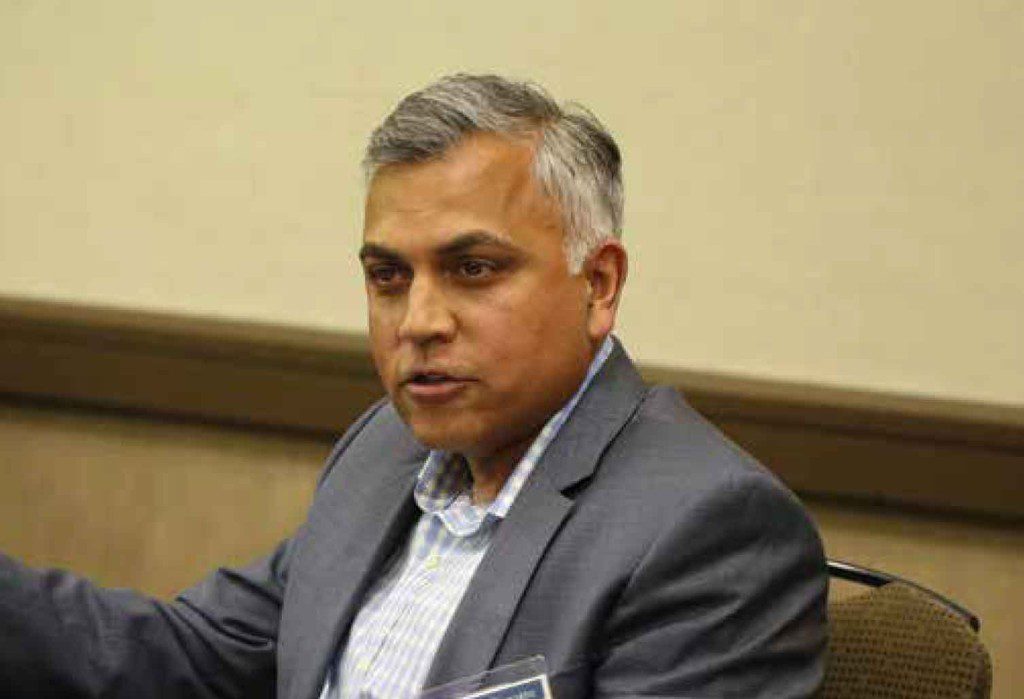 That unfortunate fact is at the root of an issue hindering America’s ongoing efforts toward a much-heralded Manufacturing Renaissance. The average age of manufacturing assets and equipment currently in operation in the U.S. is closing in on 20 years, according to the Bureau of Economic Analysis. What’s more, investments by U.S. firms in the upgrades and upkeep of equipment and facilities has averaged 3.8 percent of revenue in recent years—far below the 6 to 9 percent typically required to stay current and compete effectively with foreign rivals.
That unfortunate fact is at the root of an issue hindering America’s ongoing efforts toward a much-heralded Manufacturing Renaissance. The average age of manufacturing assets and equipment currently in operation in the U.S. is closing in on 20 years, according to the Bureau of Economic Analysis. What’s more, investments by U.S. firms in the upgrades and upkeep of equipment and facilities has averaged 3.8 percent of revenue in recent years—far below the 6 to 9 percent typically required to stay current and compete effectively with foreign rivals.
“We running behind the times,” Raj Batra, president of industry automation at Siemens, told CEOs gathered for a Chief Executive roundtable held in partnership with Siemens. “If you think about how outdated you feel when your cell phone is six months old, how is it okay to have an automation asset that’s 30-plus year old automation asset on your factory floor?”
Creaky, antiquated equipment and facilities are inherently problematic. More susceptible to cyber risks and lacking the latest smart manufacturing tools and technology, they hinder efforts to improve productivity and shorten time to market. They’re inherently problematic in a marketplace where the mantra is mass customization—a time when producing smaller batches of a wider variety of goods is becoming de rigueur. Finally, they are a liability during a window in which America has the opportunity to reverse a decade-long race toward outsourcing production to countries with low-cost labor.
“The good news in this sea of bad news is that technology is very scalable,” noted Batra, who pointed out that digitization can cut time to market in half and reduce engineering time by 30 percent. “People think that it’s technology that you can only deploy in a $1 billion-plus enterprise. But I’ve seen car washes that are using state-of-the-art technology.”
The Digitalization Decision
For many companies, time-to-market drives the desire to pursue digitization. The upside varies from companies like Boeing, which would benefit from the ability to speed up design processes and power through its huge backlog of aircraft orders, to companies in industries where trends come and go so fast that lengthy lead times translate to a warehouse full of unsellable inventory. Software can erase the boundaries between the real and virtual worlds. By enabling companies to plan and project the life cycles of products and production facilities, it can dramatically reduce both the time it takes to bring a new launch to market and to move the assembly line.
Randy Hauser, president of Chicago Metal Fabricators, would like to harness this technology to streamline the front-end production of the heavy components and large assemblies his company makes. “We’re a job shop, and we have to create processes every day, because we’re doing custom products and have rolling product lines,” he explained. “I would like to be able to digitize the parameters of the old equipment I have, what it can and can’t do, and then, when I get a part in, model it. Then I can have the software tell me which is the best equipment to run it through.”
In many cases, digitization also enables companies to fix design flaws earlier in the process, noted Batra, who recounted working with the Jet Propulsion Lab to build the rover that went to Mars. “We couldn’t send it back and forth to Mars to figure out how it would land in the atmosphere, so we had to virtualize the environment, model it and simulate everything. Once everything is digitalized, your options are immense. The data you get from a product that is all sensored up lets you do everything from control the service aspect of it and better design the next generation of products. It’s a virtual cycle of improvement.”

Chief Executive Group exists to improve the performance of U.S. CEOs, senior executives and public-company directors, helping you grow your companies, build your communities and strengthen society. Learn more at chiefexecutivegroup.com.
0

1:00 - 5:00 pm
Over 70% of Executives Surveyed Agree: Many Strategic Planning Efforts Lack Systematic Approach Tips for Enhancing Your Strategic Planning Process
Executives expressed frustration with their current strategic planning process. Issues include:
Steve Rutan and Denise Harrison have put together an afternoon workshop that will provide the tools you need to address these concerns. They have worked with hundreds of executives to develop a systematic approach that will enable your team to make better decisions during strategic planning. Steve and Denise will walk you through exercises for prioritizing your lists and steps that will reset and reinvigorate your process. This will be a hands-on workshop that will enable you to think about your business as you use the tools that are being presented. If you are ready for a Strategic Planning tune-up, select this workshop in your registration form. The additional fee of $695 will be added to your total.

2:00 - 5:00 pm
Female leaders face the same issues all leaders do, but they often face additional challenges too. In this peer session, we will facilitate a discussion of best practices and how to overcome common barriers to help women leaders be more effective within and outside their organizations.
Limited space available.

10:30 - 5:00 pm
General’s Retreat at Hermitage Golf Course
Sponsored by UBS
General’s Retreat, built in 1986 with architect Gary Roger Baird, has been voted the “Best Golf Course in Nashville” and is a “must play” when visiting the Nashville, Tennessee area. With the beautiful setting along the Cumberland River, golfers of all capabilities will thoroughly enjoy the golf, scenery and hospitality.
The golf outing fee includes transportation to and from the hotel, greens/cart fees, use of practice facilities, and boxed lunch. The bus will leave the hotel at 10:30 am for a noon shotgun start and return to the hotel after the cocktail reception following the completion of the round.